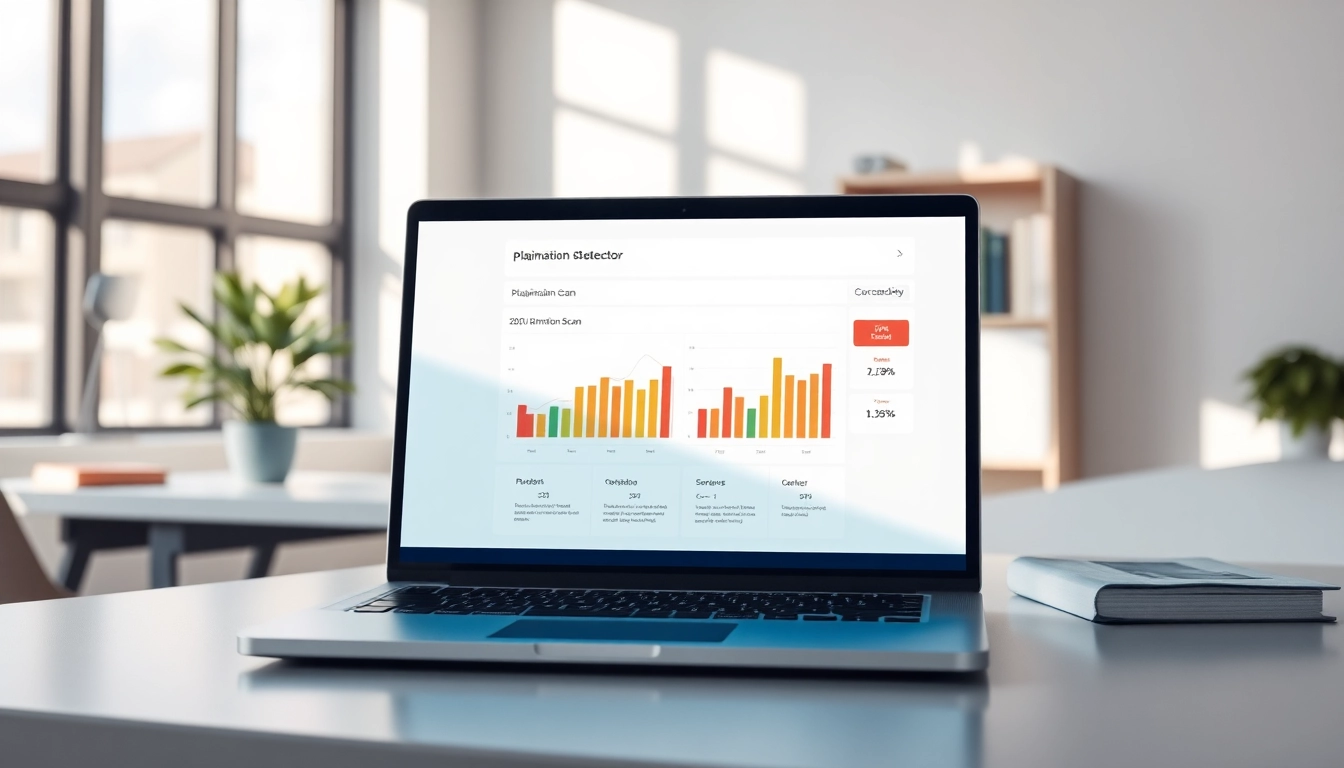Understanding the Importance of a Plagiarism Detector
In today’s digital landscape, where information is readily accessible and easily shared, maintaining academic integrity and originality is paramount. A plagiarism detector serves as a crucial tool for both students and educators, ensuring that written work is free from copied or uncredited material. By understanding the significance of these tools, we can better appreciate their role in promoting genuine scholarship and learning.
The Role of Plagiarism Detectors in Academic Integrity
Plagiarism detectors play a fundamental role in promoting academic honesty among students. In many educational settings, these tools are used to verify the originality of submitted works. This is essential not only for maintaining fairness in grading systems but also for fostering an environment that values creativity and critical thinking. By integrating plagiarism detection into the academic process, institutions can uphold standards that discourage dishonesty and support authentic learning.
Common Misconceptions About Plagiarism
Despite increased awareness, several misconceptions about plagiarism persist. Many students believe that simply paraphrasing content is enough to avoid plagiarism, while others think that using common knowledge does not require attribution. These misconceptions can lead to unintentional infractions. Plagiarism detectors are designed to clarify these issues by highlighting instances where sources have not been attributed properly, regardless of the method of content presentation.
Benefits of Using a Plagiarism Detector for Students
For students, utilizing a plagiarism detector can provide several benefits, including:
- Improved Writing Skills: By identifying areas where proper citations are needed, students can learn to better attribute sources and enhance their writing proficiency.
- Enhanced Understanding of Academic Standards: Regular use of plagiarism detection tools helps students understand the importance of originality, aiding in the development of ethical research practices.
- Increased Confidence: Knowing that their work is original allows students to submit assignments with greater confidence, ultimately improving their academic performance.
How Plagiarism Detectors Work
To appreciate the value of plagiarism detectors, it’s essential to understand how they function. These tools utilize sophisticated algorithms and databases to deliver accurate results.
The Technology Behind Modern Plagiarism Detection
Modern plagiarism detection technologies rely heavily on database software that scans input texts against millions of other documents found in both public and private repositories. The technology uses techniques such as fingerprinting, which generates a unique identifier for specific strings of text, making it easier to compare similarities across documents.
Algorithms Used in Plagiarism Detection Tools
Plagiarism detectors employ various algorithms to assess the originality of texts. Commonly used algorithms include:
- String Matching Algorithms: These algorithms look for exact matches within the text against their databases.
- Semantic Analysis: Advanced detectors analyze the meaning behind the words, considering the context in which they are used to identify potential paraphrasing.
- Shingling: This technique breaks the text into overlapping sequences of words (shingles) to detect similarities beyond word-for-word matches.
Limitations and Accuracy of Plagiarism Detectors
While plagiarism detectors are powerful tools, they have their limitations. For instance, they may not catch all instances of plagiarism, especially in cases of poorly paraphrased material or content derived from non-digitized sources. Additionally, the accuracy of these tools can vary, depending on the size of their databases and the sensitivity of their algorithms. Users should combine these tools with a comprehensive understanding of citation practices for the best results.
Choosing the Right Plagiarism Detector
When selecting a plagiarism detector, various factors should be considered to ensure the chosen tool meets your needs.
Key Features to Look for in a Plagiarism Detector
Some critical features to look for when evaluating plagiarism detection tools include:
- Database Size: A larger database increases the likelihood of accurate detection.
- User-Friendly Interface: The tool should be easy to navigate and offer detailed reports.
- Multi-Format Support: A good tool should support various formats (PDF, DOCX, etc.) for assessing different types of academic submissions.
- Comprehensive Reports: Quality detectors provide thorough analyses and suitably highlight matched content and appropriate citations.
Comparing Free vs. Paid Plagiarism Checkers
The choice between free and paid plagiarism checkers can significantly affect your experience. Free tools often come with limitations such as restricted database access or reduced functionality. On the other hand, paid options usually offer advanced features, larger databases, and more accurate results, making them ideal for critical academic work.
Top Recommendations of Plagiarism Detectors
Some of the top plagiarism detectors that are widely recognized for their effectiveness include:
- Turnitin: A longstanding favorite in educational institutions, Turnitin integrates seamlessly with learning management systems.
- Grammarly: Known primarily for its grammar-checking capabilities, Grammarly also offers a reliable plagiarism detection feature.
- Copyleaks: This tool is designed for educators and businesses alike, providing an in-depth analysis of originality.
- PapersOwl: Tailored for students, this tool delivers a user-friendly experience with comprehensive reports on writing originality.
Implementing a Plagiarism Detector in Your Workflow
To maximize the benefits of a plagiarism detector, it is essential to effectively integrate it into your academic or professional workflow.
Steps to Effectively Use a Plagiarism Detector
Here are steps to follow for effective use:
- Choose the appropriate plagiarism detector for your needs (consider database size, user interface, and costs).
- Run reports on your drafts before submission, focusing on highlighted sections that might require citations.
- Review the recommendations provided by the tool for improving originality, and make necessary amendments.
Integrating Plagiarism Detection in Academic Settings
In academic environments, incorporating plagiarism detection tools can foster a culture of integrity. Faculty members should encourage students to use plagiarism detectors as part of their writing process. Conducting workshops on academic integrity and citation practices further facilitates understanding and highlights the importance of originality.
Educating Peers on Plagiarism Detection Benefits
Peer education on the benefits of plagiarism detection can help create a supportive academic environment. Encouraging discussions and sharing experiences on how to effectively use these tools can deepen understanding and reduce misconceptions about plagiarism.
Evaluating the Impact of Plagiarism Detectors
The effectiveness of plagiarism detectors can be assessed through various metrics and feedback from users.
Measuring Academic Performance Improvements
To determine the impact of plagiarism detection tools, educators can analyze the quality of submitted assignments over time. Improvements in writing capabilities and reduced instances of academic dishonesty can often be observed after implementing these tools in the educational framework.
Feedback from Educators and Students
Collecting qualitative feedback from both educators and students can provide insights into the overall effectiveness of plagiarism detectors. Surveys and focus groups can facilitate discussions about user experiences and necessary improvements in the detection process.
Future Trends in Plagiarism Detection Technology
The field of plagiarism detection is continually evolving. Emerging trends include the integration of artificial intelligence (AI) to enhance detection accuracy, improvements in the scanning of multi-language texts, and increased focus on detecting AI-generated content. Keeping pace with these advancements will be essential for educators, researchers, and students to uphold academic integrity.



